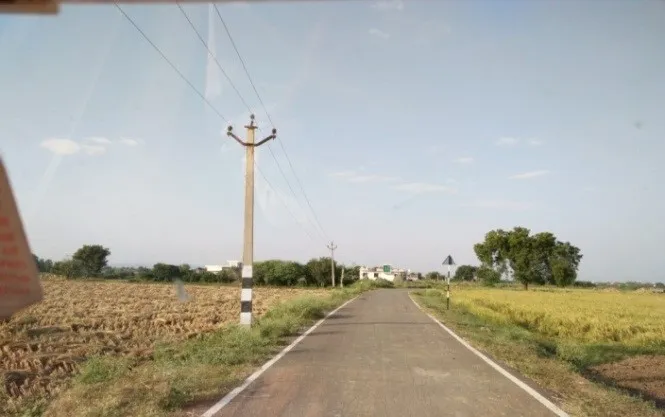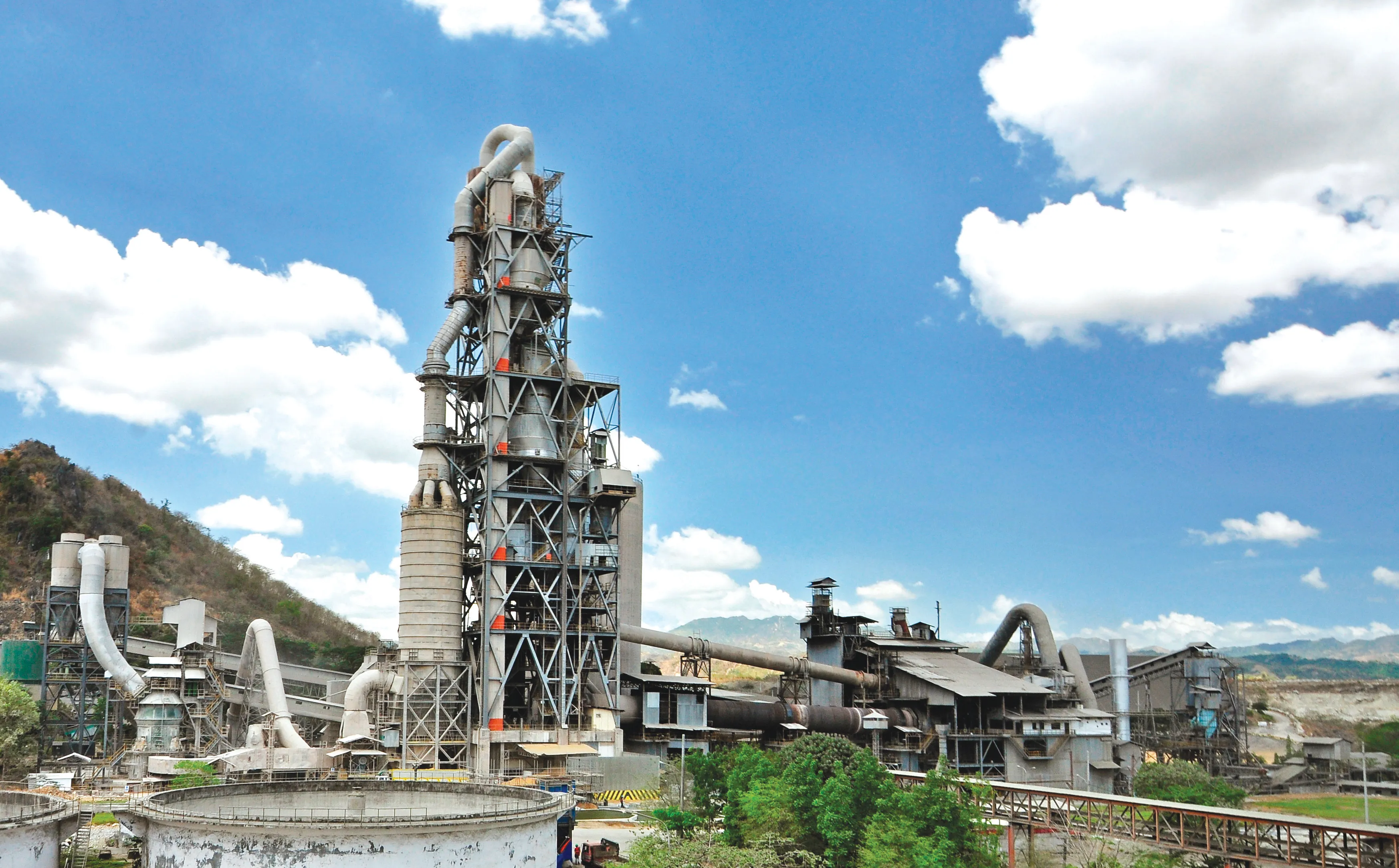
India is a developing nation there is a constant demand for good quality infrastructure, transportation and services. But since India is a huge country with quite a sizable population, this problem still has not been addressed in totality. India has a total of about 2 million kilometers of roads out of which 960,000 kilometers are surfaced roads and about 1 million kilometers of roads in India are the poorly constructed ones. Although the figures look pretty impressive but the underlying fact is that 25 percent of villages in India still have poor road links.
The other problems faced by the roads are; bad riding quality, poor geometrics and insufficient pavement thickness. Having a poor road system makes it more difficult for children to go to school and more expensive for farmers to bring their produce to the market. Bad roads adversely affect people in countless other ways and thus it makes people poorer. Building and repairing roads make a powerful impact on people's lives in the rural areas. Many small towns are poor, and young people are being driven to go to large cities to find jobs.
Benefits from improved road connectivity are delineated point wise in the following:
• Safe, paved roads that can be used in all-weather conditions mean that people who once suffered at home, or died in transit, can now reach modern medical care;
• Women would have better access to pre-natal and post-natal health care. Also, other facilities like access to education would enhance the social status of women;
• More and more pregnant women prefer to visit the hospital for the delivery of babies;
• Health workers will also be able to achieve a 100% immunization rate in many villages that they can be reached by modern roads;
• Lives will be saved, as the ambulances can reach the villages where there was no road in the past;
• The improved road enabled people, particularly women, to find jobs, commute to work and schools, and go to clinics and hospitals more quickly and safely;
• It also encourage farmers to grow higher-value crops, and enabled them to transport their produce faster, keeping it fresh and in good condition;
• Farmers in the area usually make more visits to the market after the new roads;
• The number of visits usually make by government agricultural extension workers to farming communities are increased and bringing much needed expertise and other help to farmers;
• An improvement in the employment situation in terms of more job opportunities, avenues for self-employment and so on will be generated;
• On farm employment opportunities will also be increased due to shift from grains to cash crops and also multiple cropping;
• More people will be going to nearby towns and villages for odd jobs like selling woods, vegetables, dairy products and locally made items like pickles, papad and so on, which in turn will generate employment opportunities;
• Also the cottage industries, handicrafts and agro-industry will flourish from improved road connectivity;
• Good road connectivity will result in increased school enrolment and school attendance, especially, in the number of girls/boys going to schools. Parents will be more confident about sending their daughters to schools unescorted;
• Road connectivity will improve in the quality of life as cooking gas become available in villages, access to cultural and religious places will also be improved;
• People will have wider options in buying and selling their commodities;
• Small and petty village traders may tap the bigger markets, transport the agriculture produces/crops fast and get more profit margins instead of depending solely on local markets and the middleman;
• Improved road connectivity will give an impetus to the growth of tourism;
• Better road connectivity will increase sources of income and increased income will help in reducing debts and would increase the buying power of the people, thus would improve over all standards of living;
• Good road connectivity will get a boost of better livelihood options in terms of hiked in land price, increase in business opportunities, change in people’s life style, shifting of occupation from farming to business, increase in mobility, good transport and travel facilities, good accessibility, reduction in poverty, illiteracy and ignorance.
Finally, it is concluded that the effectiveness and impact of the road building projects that connect poor, vulnerable and isolated communities to schools, services and markets is key to socioeconomic development. Also, road building and repairing roads make a powerful impact on people's lives in the rural areas. It is imperative to understand that infrastructure such as better roads carry a profound role towards reducing poverty.









